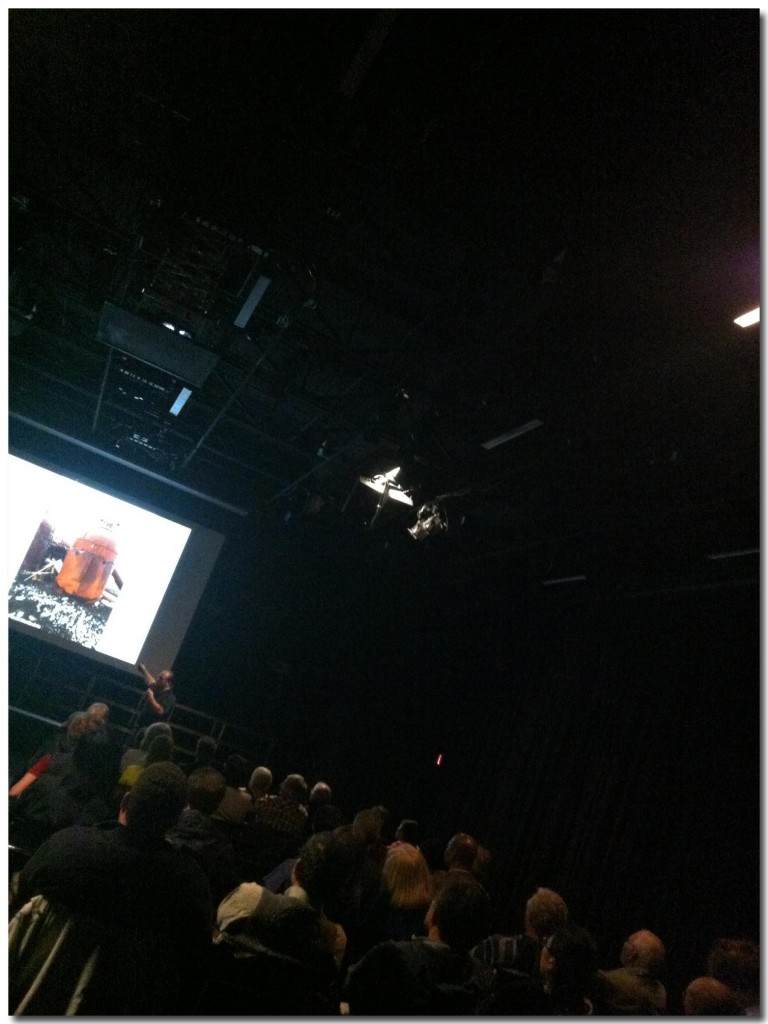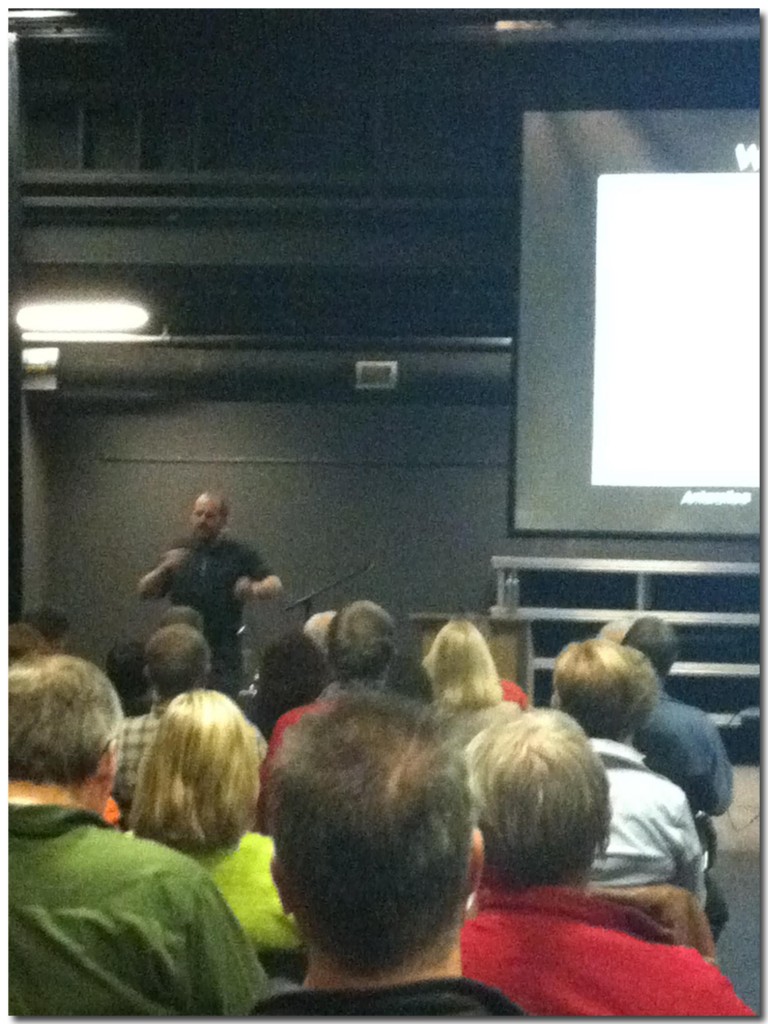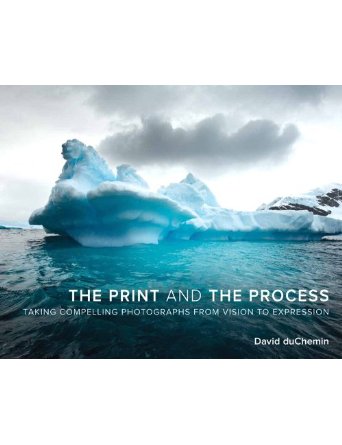Upcoming Events
Add to Google’s +1 Recommendations
ZWCX Photography
-
Recent Posts
Popular Posts
Mailing List Membership
Slideshow

Tag Archives: antartica
A Presentation and an Interview
A busy week
A Presentation
Well, it was certainly a busy week for me. I gave a two-hour presentation on my Antarctica trip to the Oakville Camera club. I spent a huge amount of time preparing for this presentation, most of it because I was once more digging through the huge amount of photographs from the expedition to distill the ones I would use to tell the story of the trip. I’ve been told two interesting things. First, Wynnell Schrenck, looked over my work while in Antarctica and commented that she thought I was not showing my best work. Second, I’ve always been told to look over a trip’s photographs six months or more after returning to have a better view of the work.
As photographers, we are our own worst and harshest critic, Since we were present at the creation and already visualized the photograph that we wanted, we tend to be disappointed in anything that does not match our preconceived view. This really isn’t fair, as our audience is not judging the work the same way. They are seeing it with fresh eyes and no particular expectations. To develop the best presentation I could and to make sure I was wasn’t overlooking work that I shouldn’t I invested some time in going over my Antarctica body of work again. I was surprised at some of the photographs that I had discounted previously and changed the ranking of of quite a few of them. I use the star system in lightroom extensively which both allows me to review a LOT of photographs easily and change the ranking without much effort. I had gone through this work previously for other projects and as part of a series of blog posts, but this was the fist time I went through them from beginning to end as part of telling a larger story. It was well worth the effort and has convinced me to go back and look at some of my other bodies of work. I tend to keep most of the work I create (except for disasters like leaving the lens cap on or shooting at 1600 ISO on a sunny summer day – you know you’ve done this too), so I expect there may be some more surprises.
This presentation was to photographers, so I could talk about the creation of the work more than I might with a regular audience and it was my first opportunity to present the whole trip in one presentation and discussion. The audience was larger than I expected with somewhere in the range of 120 people. I had been told to simply bring a thumb drive, but I brought the whole kit, just in case, which included the laptop, a thumb drive with the presentation, and my X-rite i1Display colour calibration device (in case their projector was off). It turns out their projector was great and could take the HDMI input straight from my laptop. The difference between VGA and HDMI is outstanding when you can compare VGA and HDMI directly.
The presentation went well and they were even tolerant of me running a little late. Several of my ex-students in the audience were not surprised ![]() . They also invited me back after some of my upcoming adventures in Iceland and the Arctic. I really enjoyed this event and looking forward to more in the future.
. They also invited me back after some of my upcoming adventures in Iceland and the Arctic. I really enjoyed this event and looking forward to more in the future.
(P.S. Sorry for the poor quality of the photographs, as these were shot by an iPhone in a rather dark theater)
An Interview
I was also interviewed this week by the website “Exhibitions without Walls”. They contacted me a little while ago about an interview. Shortly after my presentation above, they emailed me to let me know it had been published. Here is the link, should you want to read it for yourself.
http://www.theblogexhibitionswithoutwalls.com/2012/10/25/scott/
As an aside, they asked me about photographers who had influenced me and I missed an important one, David duChemin. He has written a series of books, both print and electronic, which resonated with me as few photography books do. He presents the view, which I share, what the equipment and cameras we use are ONLY important to allow us to share our photography with others. The creation of photography is done entirely by the photography. The rest are just tools to assist in the execution of that vision.
I have known of, and exchanged email with, David for many years, but I had the opportunity to meet him in person during my Antarctica trip. I think there were only 4 Canadians on this trip, and he and I were the only professional Canadian photographers. He is releasing his latest book within the next few months, called “The Print and the Process: Taking Compelling Photographs from Vision to Expression” that is one of the few books I have purchased in both electronic and print form. I am including the link and the cover photo so you can check out this book for yourself.
In keeping with the theme of this post, I was next to him in the zodiac when he shot this photograph.
You can find the book here.
He is an outstanding photographer and an all around great guy to travel with on any adventure. However, do not peek at his screen while you’re editing work side by side. His work is so good, it’s a heck of an ego shot to try and return to working on your own.
Oh, My interview is here:
http://www.theblogexhibitionswithoutwalls.com/2012/10/25/scott/
Pleneau Bay
Pleneau Bay
Well, one of the challenges of heavy shooting days is you are punished with the post-production work. For most of my work a heavy shooting day is easily deal with by focusing on the story. In the case of my Antarctica trip, I am faced with heavy shooting days of predominantly landscape work. Unusual, challenging, and it is taking me longer than expected to dig through the work. This is totally my fault, as I find myself distracted by a piece, which send me down the an path of exploration and then I run out of time in the day. As well, I have been finding it challenging to limit the number of photographs from a day while still showing you the wonders of this place.
Speaking of workflow, these heavy shooting days are also showing some flaws in my own workflow. I have already dropped converting my RAWs to DNG, except in overnight batch jobs. I’ve also found that my poor Mac Air is unable to handle the mult-drive disk traffic through a single USB port, which is making backup copies a real challenge. It looks like I need to upgrade my laptop.
So, with this post, I am going to split it into two separate posts and try to limit my photos in each one to about 20 or so. This may actually help get more of the posts out there ![]()
Since we are so far south, there is not really a night any more, simply a twilight that lasts 3-4 hours, and more day. In fact, it feels like a continuous day with naps where one would normally expect night. As each day begins with a surprise, most of us are not sleeping much and could care less ![]() . In this case, we passed through the Lamaire channel, which can be stunning in the right light. Some of us stayed up to try to shoot it in the strange light of twilight here, but the weather didn’t cooperate. The Lamaire channel is a narrow channel between some very high cliffs that is quite stunning even in less than perfect light. Of course, fog a cloud cover is not so great which is what we saw overnight.
. In this case, we passed through the Lamaire channel, which can be stunning in the right light. Some of us stayed up to try to shoot it in the strange light of twilight here, but the weather didn’t cooperate. The Lamaire channel is a narrow channel between some very high cliffs that is quite stunning even in less than perfect light. Of course, fog a cloud cover is not so great which is what we saw overnight.
Nonetheless, we are anchored in Pleneau Bay and prepared to explore by zodiacs. Our Quark expedition staff describe the are as follows:
Pléneau Bay lies just south of the Lemaire Channel, separating Hovgaard Island and the Antarctic Peninsula. At the northwest end of the bay there is a passage between Hovgaard Island and Booth Island where the Pléneau Island groups can be accessed. Here we can find an iceberg graveyard, where both large tabular icebergs and older, rolled icebergs have run aground. Many of these icebergs have originated from as far south as the Ross Ice Shelf. This is also a good location for finding crabbeater, Weddell and leopard seals hauled-out on ice floes and ice bergs.
Needless to say, we are up for a heavy morning of shooting. I am shooting with both bodies today to capture things both near and far. I have my 16-35 on one body and my 70-200 on the other. My old photojournalism habits are play and I prepared to shoot without losing the time to switch lens. This is why you’ll see shooters with two or more cameras, it can really make a difference. The other factor here is that there is a LOT more dust than you would expect in a wet and icy landscape and changing lens is simply asking for dust on the sensor. In fact, it’s a good idea to clean your camera several times a day here, as I’ve found a lot more dust on my shots than expected. Another lesson for post production.
This was also a change to shoot some of my fellow travelers, as we were certainly spending a lot of time together. The landscape of Antarctica is quite stark with really only the white snow/ice, the black volcanic rocks, and the strange blue or cyan, light (none of us could agree). In fact after shooting form the zodiac for awhile, it’s actually a shock to look back into the boat with the yellows, and reds.
It’s interesting being on a rather small boat with a lot of people for so long. I may have missed it, but I haven’t seen any personality conflicts nor really any issues at all. everyone seems to be focused on making the best photographs they can and helping each other out as required.
Besides the very impressive ice formations, we are also seeing a lot of seals and sometimes very close up. We’ve been finding them sleeping on the icebergs. They are so energy efficient, they can sleep on snow ans simply depress it without melting it. They could also care less about us, as we are not orcas and not food, therefore not interesting.
We are seeing some heavy pack ice and it’s impressive how are zodiac drivers are able to move through ice that looks to me to be almost impassible.

Char Davies, David duChemin, and two people whose names completely escape me (sorry)
More seals…..
I also managed to capture a shot of another bird in the area. There are not lot of flying birds (penguins don’t fly) and catching on the wing is a real challenge.
The ice forms fantastic structures that last only a short time. An old iceberg is maybe 10 years old, but most will not last the season and none will look the same later. The ice that makes up these icebergs is often quite old. In fact, it’s often older than our species (roughly 35,000 years). It’s a strange feeling to create a photograph of something older than your own species that will not be there afterwards nor is it there now.
With this, we reluctantly return to the ship, eat lunch and move on the Petermann Island. I’ll be showing that work in the next post.

























